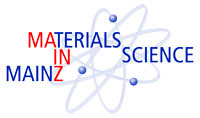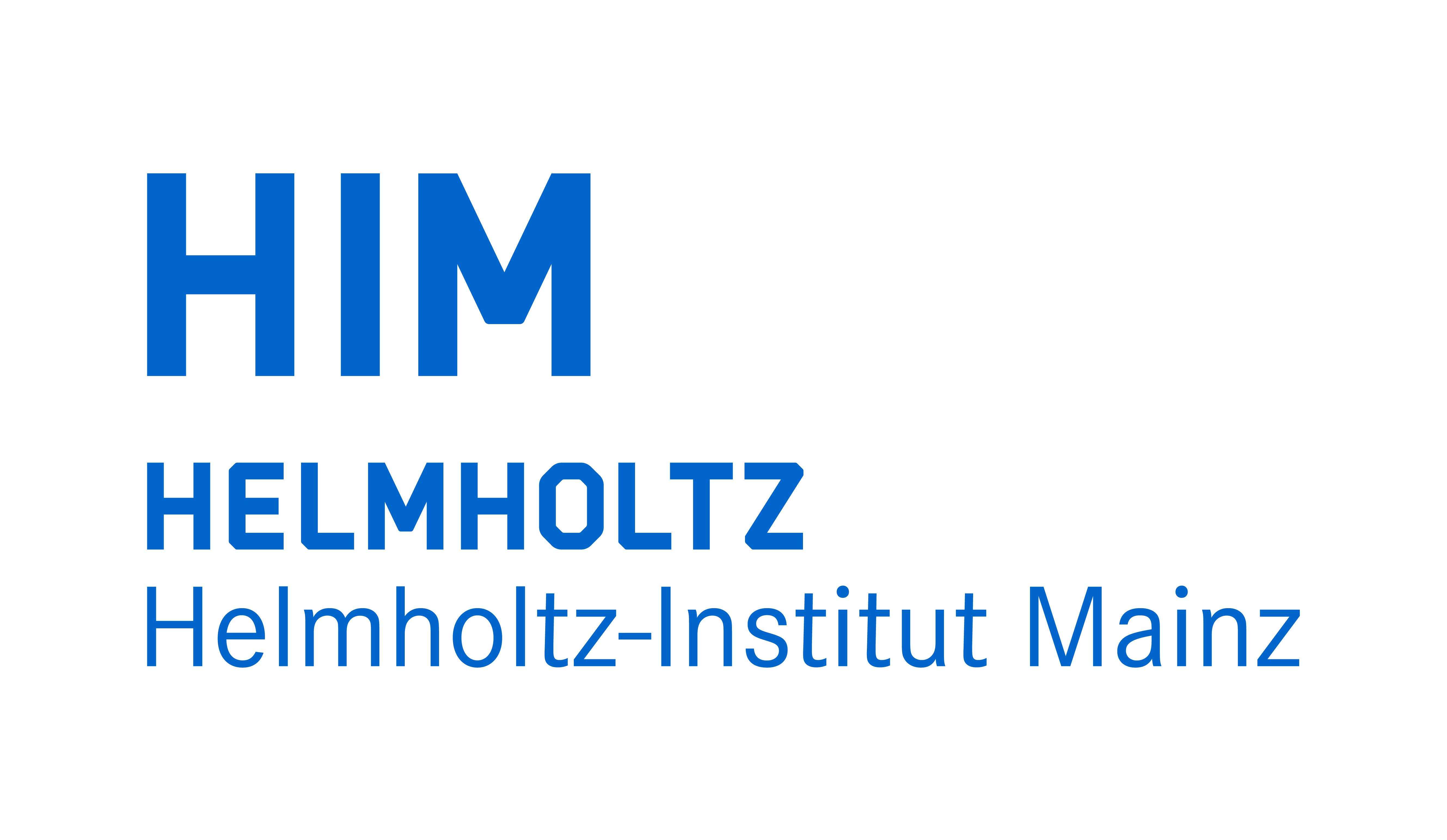


Physikalisches Kolloquium
May 20, 2025 at
4:15 p.m.
in
HS KPH
Prof. Dr. Friederike Schmid
Institut für Physik
friederike.schmid@uni-mainz.de
Prof. Dr. Hartmut Wittig
Institut für Kernphysik
hartmut.wittig@uni-mainz.de
Altermagnets and Antialtermagnets
Libor Smejkal (JGU Mainz, INSPIRE Group)
Symmetries play a key role in many areas of modern physics. For example, the symmetry-breaking paradigm describes how various phases of matter emerge. In magnetism, spontaneous symmetry breaking leads to well-known phases of ferromagnets and antiferromagnets. Ferromagnets have a net magnetization, while antiferromagnets have atomic magnetic moments that cancel out.
Surprisingly, recent research shows this magnetic dichotomy, developed in the 1930s, is incomplete [1-5]. In this talk, we introduce our recently developed classification of magnetic phases based on spin-lattice symmetries. These are pairs of operations in spin and lattice space. This unorthodox perspective has led us to identify two unconventional magnetic phases: altermagnets [4] (see figure) and antialtermagnets [5]. Like antiferromagnets, both have compensated magnetic order and thus no net magnetization. But unlike antiferromagnets—and similar to ferromagnets—they induce spin polarization in the electronic structure. The key distinction between altermagnets and antialtermagnets lies in their behaviour under time-reversal symmetry. Altermagnets break time-reversal symmetry in their electronic structure, resulting in features like d-wave spin order [2]. In contrast, antialtermagnets preserve time-reversal symmetry and exhibit properties such as p-wave spin order [5,6].
We’ll also explore how the concept of altermagnetism was inspired by our earlier theoretical prediction[1-2] and experimental observation of an unconventional spontaneous Hall effect[7]. Additionally, we’ll highlight recent photoemission experiments that have confirmed altermagnetic order in materials like MnTe and CrSb [8]. Finally, we’ll discuss the broader implications of altermagnetism and spin symmetries. These findings have potential applications in areas such as spintronics, magnonics, topological materials, 2D materials, and multiferroics [9]—all of which could lead to faster, smaller, and more energy-efficient AI-era information technologies [1,9].